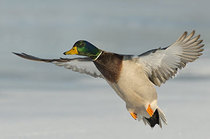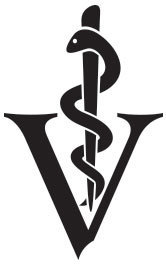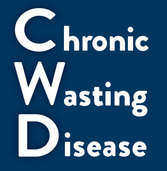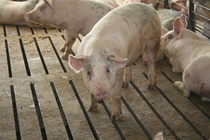|
|
|
|
H5N2 detected in wild Montana mallard
 The USDA’s Animal and Plant Health Inspection Service (APHIS) detected H5N2 avian influenza in a wild mallard duck in Fergus County, Montana. No illness or mortalities have been detected in domestic poultry in the U.S.
The sample was taken from a hunter-harvested bird through routine surveillance. Colorado State University Veterinary Diagnostic Laboratory tested the sample and forwarded it to USDA’s National Veterinary Services Laboratories in Ames, Iowa, where it's being characterized.
“This appears to be one of the strains we saw during the outbreak in 2014 and 2015,” said Dr. Jack Shere, USDA Chief Veterinarian. “This finding serves as a powerful reminder that there is still HPAI circulating in wild birds, and producers and industry need to continue to be vigilant about biosecurity to protect domestic poultry.”
Anyone involved with poultry production should review their biosecurity to assure the health of their birds. Evaluate your biosecurity with this tool from the USDA.
USDA recently launched Defend the Flock, a new educational campaign that provides commercial poultry owners and growers, as well as the poultry industry and federal/state/local animal health officials, resources to help ensure that the best biosecurity practices are used to protect commercial flocks from infectious disease. Follow this link to Defend the Flock information and resources.
|
Need to know about the Veterinary Feed Directive?
 USDA's APHIS National Veterinary Accreditation Program (NVAP) has a new training available: Module 29
Veterinary Feed Directive (VFD). This training helps participants understand antibiotic resistance, government regulations, necessity for a VFD, and how to implement a VFD.
Training modules, like this one, are required for
veterinarians to renew their accreditation every three years. However, anyone can take the module to learn about VFD's. The free Veterinary Feed Directive training module is available via this link.
Effective January 1, 2017, the FDA required all drug sponsors complete the necessary label changes of their affected products and drug use practices. The marketing status of affected
drugs changed from over-the-counter to Rx status for drugs administered
through drinking water or to VFD for drugs administered in medicated feeds.
Distributors or retail establishments that handle these products are required to meet all applicable State and Federal regulations for Rx and VFD
drugs when dispensing these products.
|
Update on CWD in Minnesota
 The Board's investigation of the Crow Wing County herd continues, and it remains quarantined. The Board is tracing animal movements into and out of the herd within the past five years. Records show deer were moved to four different Minnesota farms in that time period and those herds are now under movement restrictions.
The DNR has discovered CWD in two more wild deer in southeastern Minnesota. A five county feeding ban is now in place, and a special hunt continues until Sunday, January 15. After the hunt, landowners with DNR permits will be allowed to shoot deer on their property. Learn about the DNR's response to CWD on its website.
|
Do pigs need tail docking?
 A study from the University of Minnesota focuses on the standard practice of tail docking. Historically, docking prevents tail biting, which can cause pain for pigs. However, the procedure itself can also cause pain for piglets when it's performed.
According to the University of Minnesota research team, "To re-evaluate consequences of raising pigs without tail docking, we conducted a study to compare pigs with and without tail docking."
A group of 352 pigs farrowed within a week was used for the study. Half of the pigs’ tails were docked at farrowing within
the first 24 hours of birth. The other half of the pigs were left with tails intact.
Results indicated pigs without tail docking
were at a higher risk for tail biting and associated health issues. The scientists say tail
docking seems to help protect pigs from suffering tail damage
later in the grow-finish phase.
Click here to read the full tail docking study.
|
|
|
|
©2016 Minnesota Board of Animal Health | 625 Robert St N | St Paul | 55155 www.bah.state.mn.us
|
|